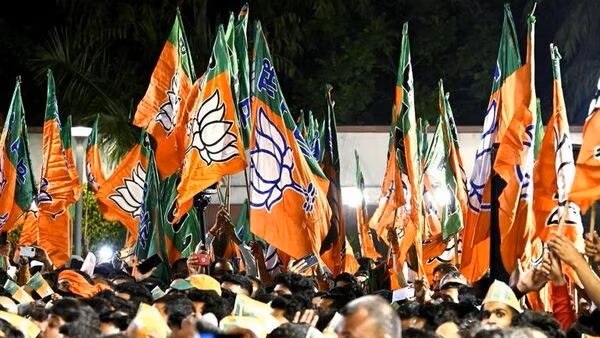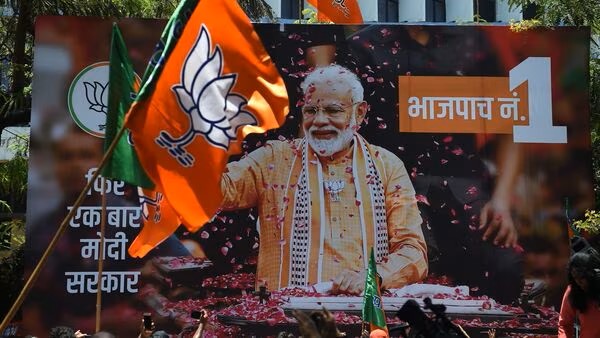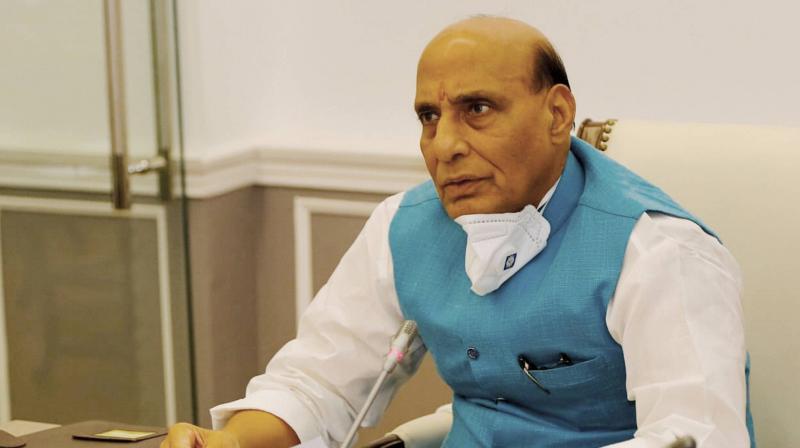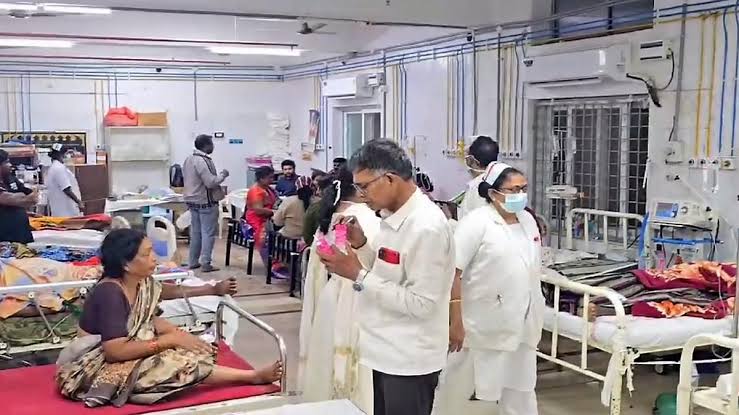The BJP’s pursuit of pre-poll alliances in key states transcends mere seat calculations. Each potential partnership carries a nuanced calculus of risks and rewards, impacting not just electoral outcomes but also broader narratives and national perceptions. While aligning with parties tarnished by past controversies could damage the BJP’s image, strategically chosen partnerships resonating with local aspirations can yield electoral dividends. But beyond these immediate concerns lies a deeper dilemma: how do these alliances square with the BJP’s core Hindutva ideology and its aim to present a united national front?
 The BJP’s approach to forging alliances reveals a multifaceted strategy. In states like Bihar, it adopts a dominant position, dictating terms and offering minimal concessions to secure Nitish Kumar’s return to the NDA fold. Conversely, Andhra Pradesh, adopts a more collaborative approach, acknowledging the TDP’s regional clout and engaging in negotiations for a mutually beneficial seat-sharing agreement. This inconsistency, however, risks breeding confusion and resentment among potential allies, highlighting the need for a more coherent and adaptable national alliance strategy.
The BJP’s approach to forging alliances reveals a multifaceted strategy. In states like Bihar, it adopts a dominant position, dictating terms and offering minimal concessions to secure Nitish Kumar’s return to the NDA fold. Conversely, Andhra Pradesh, adopts a more collaborative approach, acknowledging the TDP’s regional clout and engaging in negotiations for a mutually beneficial seat-sharing agreement. This inconsistency, however, risks breeding confusion and resentment among potential allies, highlighting the need for a more coherent and adaptable national alliance strategy.
The BJP’s alliance manoeuvres in individual states have the potential to trigger a cascade of effects across the national political landscape. In Uttar Pradesh, a potential pact with the RLD could consolidate the BJP’s hold among Jat voters, a crucial demographic in Western UP. However, it might alienate other regional parties like the Samajwadi Party, potentially leading to a more unified opposition front against the BJP. This domino effect underscores the complex interplay between state-level calculations and national political dynamics.
Perhaps the most critical aspect of the BJP’s alliance strategy lies in navigating the delicate balance between regional aspirations and national identity. Aligning with parties with distinct regional identities and potentially conflicting ideologies could dilute the BJP’s core Hindutva narrative. This raises questions about the party’s ability to maintain a coherent national image while accommodating diverse regional interests. Striking this balance will be crucial in shaping public perception and influencing voter choices across the country.
The ultimate success or failure of the BJP’s alliance gambit hinges on its ability to navigate these complex layers of considerations. While each pact offers the potential for increased seat share and consolidated power, it also carries the risk of alienating certain sections of the electorate and diluting the party’s core ideology. As India inches closer to the 2024 Lok Sabha elections, the BJP’s strategic manoeuvring on the alliance front will be closely watched, with the outcome shaping not just the electoral map but also the broader political landscape of the nation.




